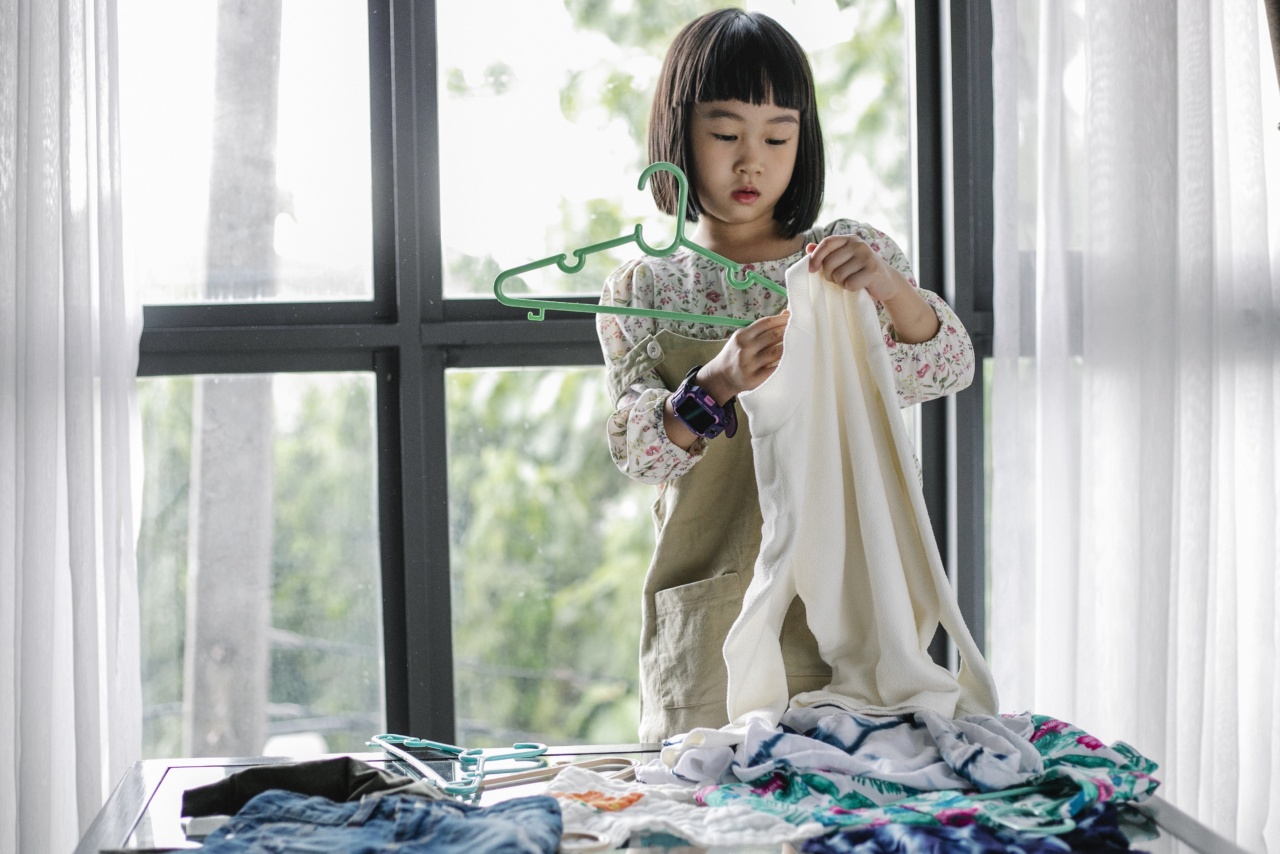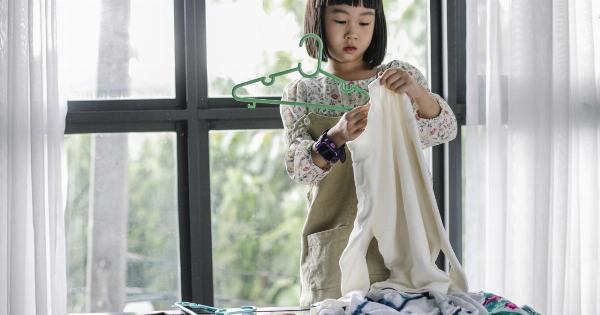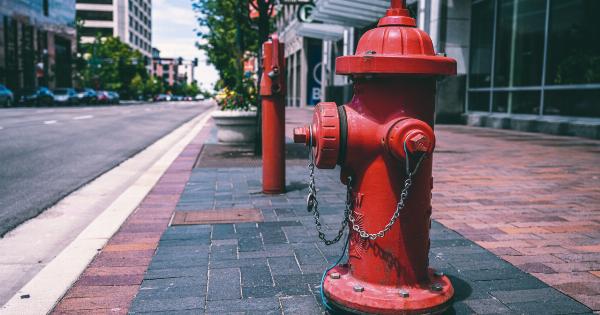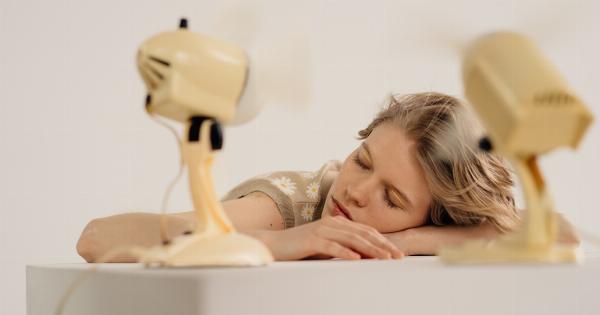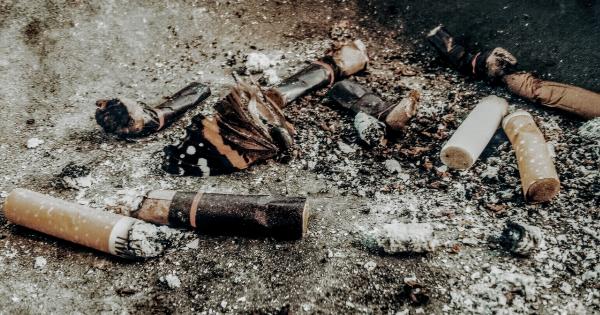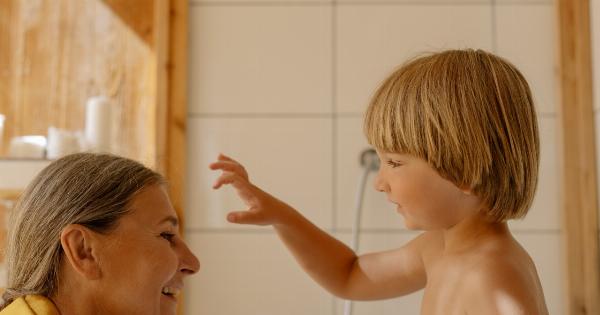Cleaning products are essential to maintain the cleanliness of your home. However, as much as these products can make your home spick and span, they can also pose a danger to your children.
Many parents may not realize the potential risks posed by common household cleaning products. The chemicals in these products can be harmful to children in various ways. This article highlights the potential dangers of common home cleaning products for children.
Chemical Exposure
Children are more vulnerable to chemical exposure compared to adults, especially when it comes to cleaning products. This is because their organs are still developing, and they have a higher metabolism that absorbs toxins faster.
Many cleaning products contain harsh chemicals that can cause respiratory problems, skin irritation, and other health complications to children.
Tip: Always ensure to read the labels of home cleaning products before using them. Use non-toxic and eco-friendly cleaning products as they are safe for both your children and the environment.
Ingestion
Children are naturally curious, and they may pick up cleaning products or accidentally ingest them. This can be very dangerous and even life-threatening. Ingesting cleaning products can cause chemical burns, vomiting, and even seizures.
Exposure to these chemicals can be very hazardous to their overall health and development.
Tip: Always store cleaning products out of children’s reach and ensure they are locked away securely in cabinets. Clean up any spills immediately and never leave cleaning products open or unattended.
Allergies and Skin Irritation
Cleaning products can also cause allergies and skin irritation to children. Children often have sensitive skin, and chemicals in cleaning products can cause irritations, rashes, and even allergic reactions.
Some cleaning products also contain fragrances that can cause allergic reactions to children with asthma.
Tip: Always wear gloves and protective clothing when cleaning. Use alternative cleaning products like vinegar, baking soda, or lemon.
Test a small amount of the cleaning product on an inconspicuous area before cleaning to ensure no allergic reaction occurs.
Poisoning
Common household cleaners can be poisonous to children if swallowed or inhaled. Some products like disinfectant sprays can cause chemical burns in the mouth and throat when swallowed.
Other cleaning products like oven cleaners can cause serious damage to the eyes if in contact.
Tip: Keep cleaning products in their original bottles to avoid accidental ingestion. Always ensure proper ventilation when using cleaning products. Keep the phone number of poison control within reach in case of an emergency.
Mislabeling
Cleaning products can have misleading labels that can make them appear safer than they are.
Products can be labeled with terms like “natural” or “organic”, but still contain many harsh chemicals that can be detrimental to a child’s health.
Tip: Always read the list of ingredients and avoid products that contain toxic chemicals. If in doubt, refer to environmental watchdogs to verify any claims of the safety of a cleaning product.
Burns and Cuts
Some cleaning products contain highly corrosive chemicals that can cause severe burns and cuts when in contact with a child’s skin.
Strong acids and alkalis in cleaning products can be very dangerous and cause permanent damage when not handled properly.
Tip: Handle and store cleaning products with care. Use safety gloves, face masks, and protective clothing when using cleaning products.
Choking Hazard
Cleaning products can come in various forms like powder, granules, and even in tablet form. Children can easily mistake these products for candy and ingest them. This can cause choking, suffocation, and even death.
Tip: Keep cleaning products out of reach of children and store them in their original packaging. Keep the products tightly closed, and never store them in food containers.
Fire Hazards
Some cleaning products can be very flammable and pose a significant fire hazard if not handled with care. Products like aerosol sprays can be highly dangerous if they come into contact with a heat source.
Tip: Keep cleaning products away from sources of heat and open flames. Never smoke when using cleaning products and always ensure proper ventilation.
Conclusion
When cleaning your home, always prioritize safety, especially when there are children around. Avoid using harsh chemicals and opt for naturally made, eco-friendly cleaning products that are safer for both children and the environment.
By being vigilant and following the tips provided in this article, you can help keep your children safe from the potential dangers of common home cleaning products.
